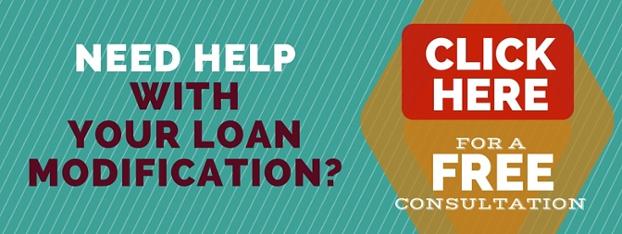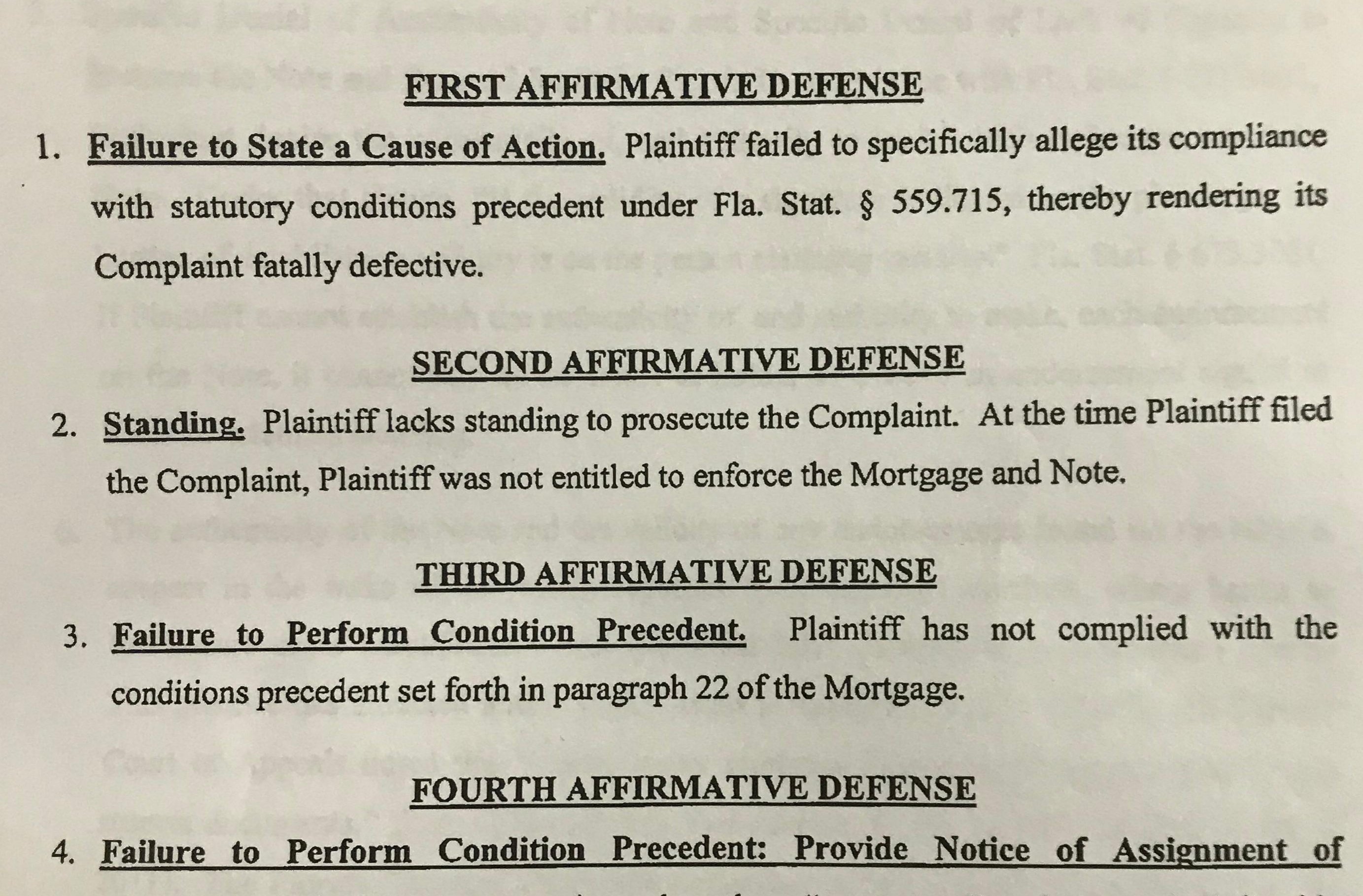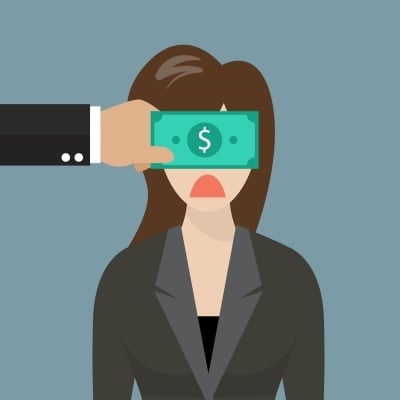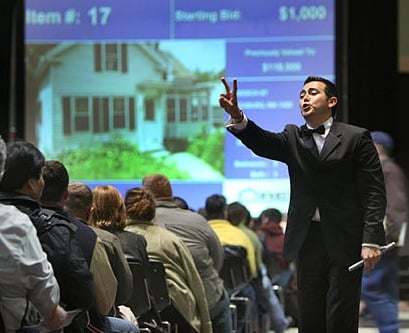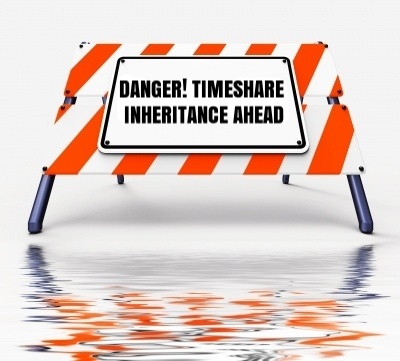 A loan modification can allow you to keep your home and avoid foreclosure after falling behind on your mortgage, but it's not necessarily all roses. In fact, there are some downsides to loan mods that your lender may not go out of their way tell you about.
A loan modification can allow you to keep your home and avoid foreclosure after falling behind on your mortgage, but it's not necessarily all roses. In fact, there are some downsides to loan mods that your lender may not go out of their way tell you about.
If you don't know, a loan modification is a permanent change to one or more of the terms of your mortgage, such as the term, interest rate, and monthly payment.
A loan modification is often the only hope many homeowners have to keep their home following a default. They can be great, however if you need one, you should be aware of the following:
1. Your payment could go up with a loan modification.
When a loan modification is approved, its terms often include a monthly payment that's higher than it originally was. How does this happen?
When you stop paying your mortgage, you start accumulating charges including late fees, attorneys fees, and past due interest, taxes, and insurance. Those fees plus the amount owed from your missed payments can add up to anywhere from a few thousand dollars to a hundred thousand dollars plus, depending on how long you've been in default. That money can be folded back into the principal balance of your loan, causing your monthly payment to be higher than it was before, even if the loan term is extended and the interest rate reduced.
A lower payment is common, but is not guaranteed with a loan modification.
2. The bank could make more money from your modified loan.
Lenders do not give loan modifications out of the goodness of their hearts. (They don't have hearts.) They do it because they have to or because it's more profitable for them to do so than to foreclose.
When a loan is modified to have a longer term it can be more profitable for the lender than the original loan. Loan terms are frequently extended to 40 years in a final loan modification. Stretching the loan out over that many years brings the monthly payment down, but it can also equals a lot more interest being paid by the borrower over time, even when the interest rate is lowered to today's historically-low rates.
3. You could default again.
Getting approved for a loan modification is difficult. It takes a lot of paperwork, and being denied and reapplying is par for the course. If you do get a final modification, it's not necessarily smooth sailing forever thereafter.
Some loan mods have a monthly payment that's barely affordable for the borrower. With little financial cushion, even a minor financial hardship will cause them to default again.
Fortunately, it is possible to modify a mortgage more than once, or “remodify”. Some homeowners have had two, three, even four loan modifications.
Don't Forget The Bright Side
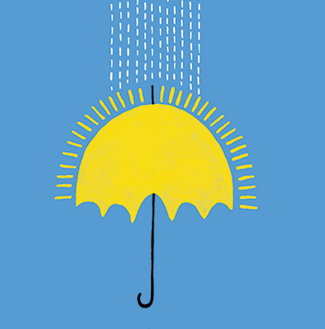 So there are some potentially negative aspects to loan modifications that your lender may not tell you about, but don't forget about the positives, such as:
So there are some potentially negative aspects to loan modifications that your lender may not tell you about, but don't forget about the positives, such as:
- The payment and interest rate can go down when a loan is modified, sometimes significantly. We've helped clients get loan modifications with a 55% lower payment, and much lower interest rate. A more affordable payment gives the borrower better odds of being able to perform on their loan long term.
- Principal can be reduced when a loan is modified. It's not typical, but in some cases banks have eliminated considerable debt owed on a mortgage when modifying it.
- Loan modifications allow homeowners to keep their home and avoid foreclosure after defaulting on their mortgage.
A loan modification is a negotiation. If you want to get one that sticks, that you don't redefault on again, you should make every effort to get the best modification the first time.
To help you do that, consider working with a qualified attorney who has experience with the process. They'll know what your lender needs to see to give you what you want, and what is a good or bad deal. An attorney can also fight foreclosure with smart defense tactics so you have the chance to apply for a loan mod before your home is sold.
Image courtesy of imagerymajestic at FreeDigitalPhotos.net

